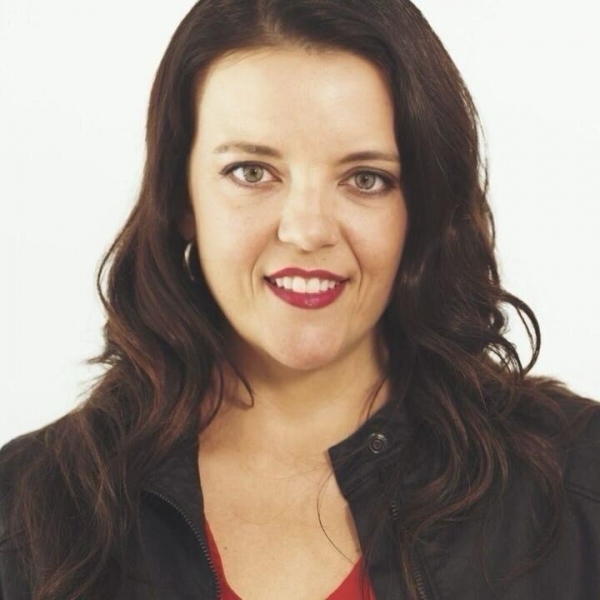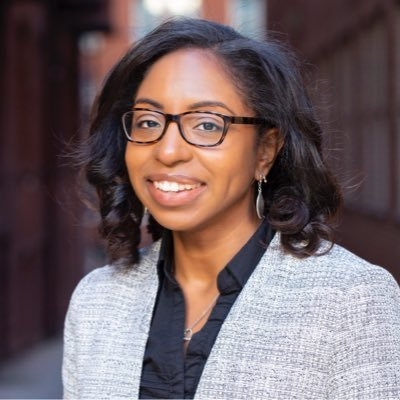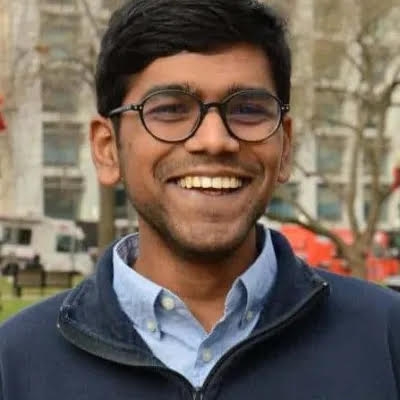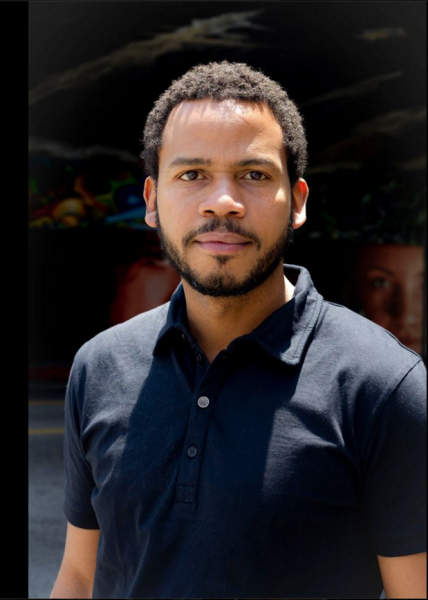Center for Public Integrity, Mother Jones and Reveal win July Sidney for ‘40 Acres and a Lie’
Alexia Fernández Campbell, April Simpson, Pratheek Rebala, Jen LaFleur, Nadia Hamdan and Roy Hurst win the July Sidney Award for “40 Acres and a Lie,” a multi-media collaboration between The Center for Public Integrity, Mother Jones and Reveal.
Most people don’t realize that the federal government gave land to thousands of formerly enslaved Black people after the Civil War. These freed men and women formed communities, established local governments, and began to raise their families on plots ranging in size from from 4 to 40 acres. Just two-and-half years later, after the assassination of Abraham Lincoln, the government took it back, crushing dreams of land ownership and independence.
The Sidney winners spent over two years delving into records at the National Archives. Digitizing these records was just the first step. These documents are hand-written in a cursive script that’s almost indecipherable to the untrained eye. So, Pratheek Rebala created AI tools to scan the digitized archives for relevant records. As a result, 1,250 formerly enslaved people were identified and dozens of their living descendants were contacted to tell them about their ancestors’ revoked land grants and ask them what they would like to see happen next.
In Edisto, South Carolina, April Simpson found two branches of a family, one white and one Black, still divided over the government’s decision to return the land to the plantation owner who vacated it during the war. The patriarch of the family left each of his white sons a plantation, but his Black sons got nothing. The racial wealth gap is still apparent among his descendents today.
“These reporters used innovative reporting techniques to uncover new evidence connected to our country’s first major attempt at reparations,” said Sidney judge Lindsay Beyerstein.
Alexia Fernández Campbell is an investigative journalist based in Washington, D.C. She published “40 Acres and a Lie” as a reporter for the Center for Public Integrity. She previously worked at Vox, The Atlantic, National Journal and the South Florida Sun-Sentinel.
April Simpson is a journalist based in Houston, Texas. She previously covered racial equity for the Center for Public Integrity, where her work won awards from the Society for Advancing Business Editing and Writing, North American Agricultural Journalists and Association of Health Care Journalists.
Pratheek Rebala is an investigative journalist who previously worked as a news developer at the Center for Public Integrity. His work received a Goldsmith Prize for Investigative Reporting as well as other honors from the Society of Professional Journalists, Editors & Publishers, Society of Environmental Journalists and more.
Jennifer LaFleur is a data journalist, editor, and teacher. She joined the UC-Berkeley Graduate School of Journalism’s faculty in August 2023, and previously was a senior editor at the Center for Public Integrity.
Nadia Hamdan is an award-winning producer and reporter for Reveal, from the Center for Investigative Reporting. Previously, she was a public radio reporter with NPR station KUT 90.5 in Austin, Texas. She’s based in Brooklyn, New York.
Roy Hurst lives in Los Angeles, and is a writer, producer and director of documentary film, radio, TV, and podcasting.
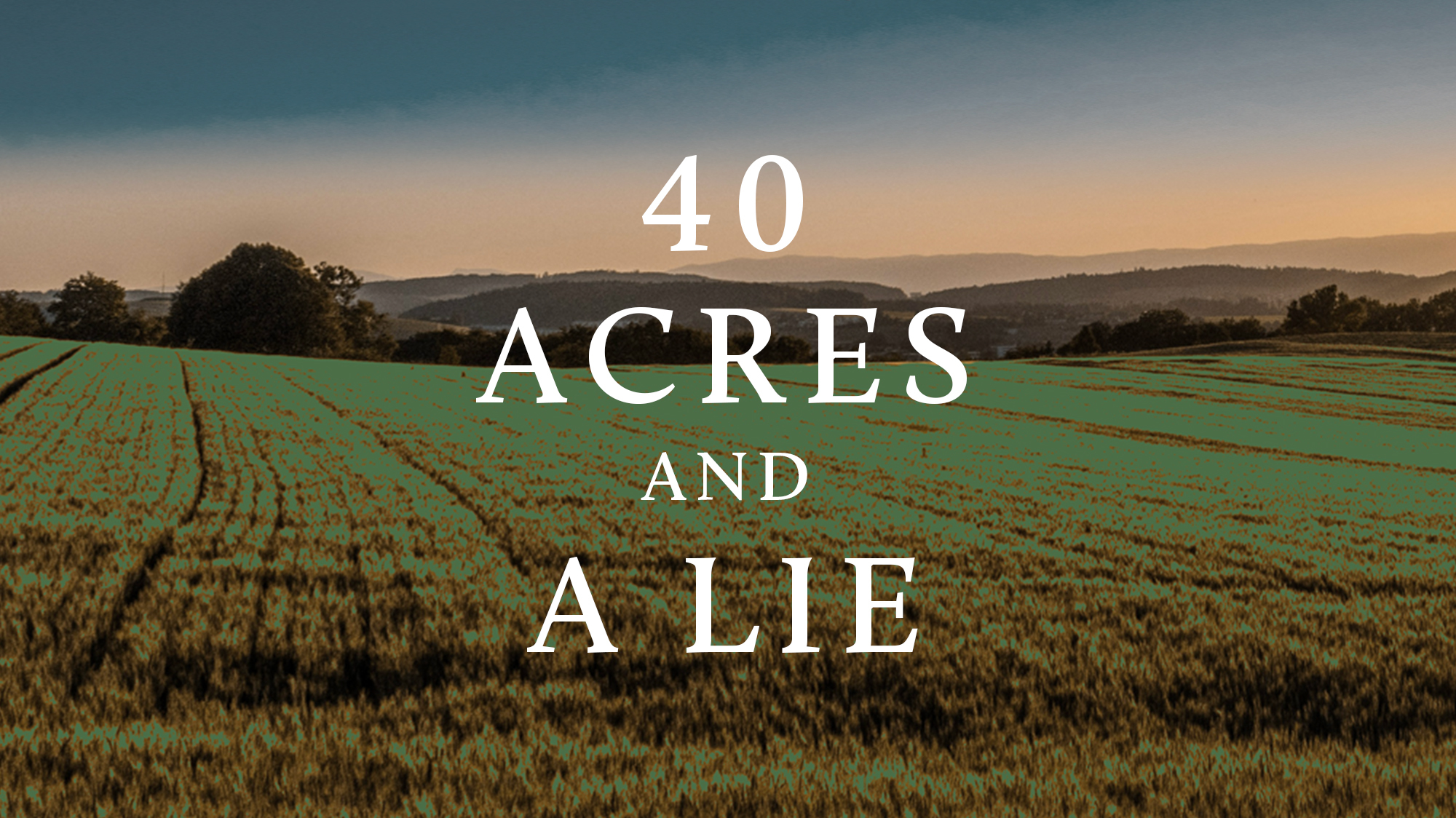
Backstory
Q: What inspired you to embark on this project?
A: The 1619 Project by journalist Nikole Hannah-Jones inspired us to take this on. Her work has broadened the definition of investigative journalism by showing how social problems and injustices are rooted in our history - history that has long been suppressed or forgotten.
Q: Give us an overview of your approach to the reporting.
A: After finding the first batch of land titles and registers in the Freedmen’s Bureau records, reporter Alexia Fernández Campbell spoke with experts to see if they thought she’d be able to identify some of their living descendants. A staff genealogist at the Smithsonian gave her tips on how to do genealogical research, and Alexia spent months creating family trees for dozens of freedmen who got 40 acres. With the help of her colleague April Simpson and a genealogist hired by the Center for Public Integrity, she was able to identify 41 living descendants. Public Integrity’s Pratheek Rebala then developed an image-recognition model to search for more land titles and registers in the Freedmen’s Bureau collection. That process turned up hundreds more names and land titles. Pratheek also developed an online search tool that reporters used to find letters and other relevant documents in the 1.8 million Freedmen’s Bureau records. Reporters also collected historic plantation maps to figure out the current locations of land granted to freed slaves, and used property records to determine the land’s market value. Alexia, April and Reveal’s Nadia Hamdan traveled across the country to interview descendants and tell their family stories.
Q: How did formerly enslaved Black Americans receive land after the Civil War and why was it taken away?
A: Freed people selected their plots of land after Union Gen. William Sherman issued Special Field Orders 15 in January 1865. Agents from the Freedmen’s Bureau then issued possessory land titles to them, giving titleholders the legal right to work and live on the land until Congress could create a path to full ownership. The land was taken away because President Lincoln was assassinated and the new president, Andrew Johnson, did not share his commitment to the 40 Acres program. He was a white supremacist and soon began pardoning Confederate landowners and ordered the land returned to them. He vetoed every bill Congress passed that would have made the land titles permanent, and there wasn’t enough support in Congress to override his vetoes.
Q: Where does the specific promise of “40 acres and a mule” come from?
A: When Union Gen. William Sherman captured Savannah, he met with local Black ministers and asked them what freed people needed. The ministers said they all needed land of their own. That led Sherman to issue Special Field Orders 15 in January 1865, which granted the head of each family up to 40 acres of land on seized plantations along the coast of Georgia, South Carolina and North Florida.
Q: Did any of the grantees actually get a mule to go with their acreage?
A: A mule wasn’t promised as part of Special Field Orders 15, but the Union Army did give away many of its mules to freed people after the war.
Q: Tell us about the communities that formerly enslaved people established on their land.
A: Newspaper accounts describe thriving, self-sufficient Black communities formed by the 40 Acres program. Many freedpeople elected their own mayors, sheriffs and liaisons with the Freedmen’s Bureau. They farmed their plots of land and sold the crops in town. They formed militias to protect their homes from white Southerners. They built churches.
Q: What happened to these people after the government took the land back?
A: Many people ended up leasing the land from the former slave owners, others ended up working for them. Several freedmen refused to leave the land and were arrested and others moved to Savannah and Charleston to find work.
Q: How did their descendants react when you told them about their ancestors’ brush with reparations?
A: Everyone had different reactions. One descendant was thrilled to learn something new about her ancestors. Another person was quiet and sad, and mentioned how it was just another item on the long list of betrayals her family endured because of racism. A few people already knew about their ancestors’ connection to the program. None were surprised that the government ended up taking the land back.
Q: Did anything funny or unexpected happen in the course of reporting this story?
A: Alexia felt the presence of two freedmen as she worked on the project: Pompey Jackson and Fergus Wilson. Though she can’t prove it, Alexia believes they wanted their stories to be told.
